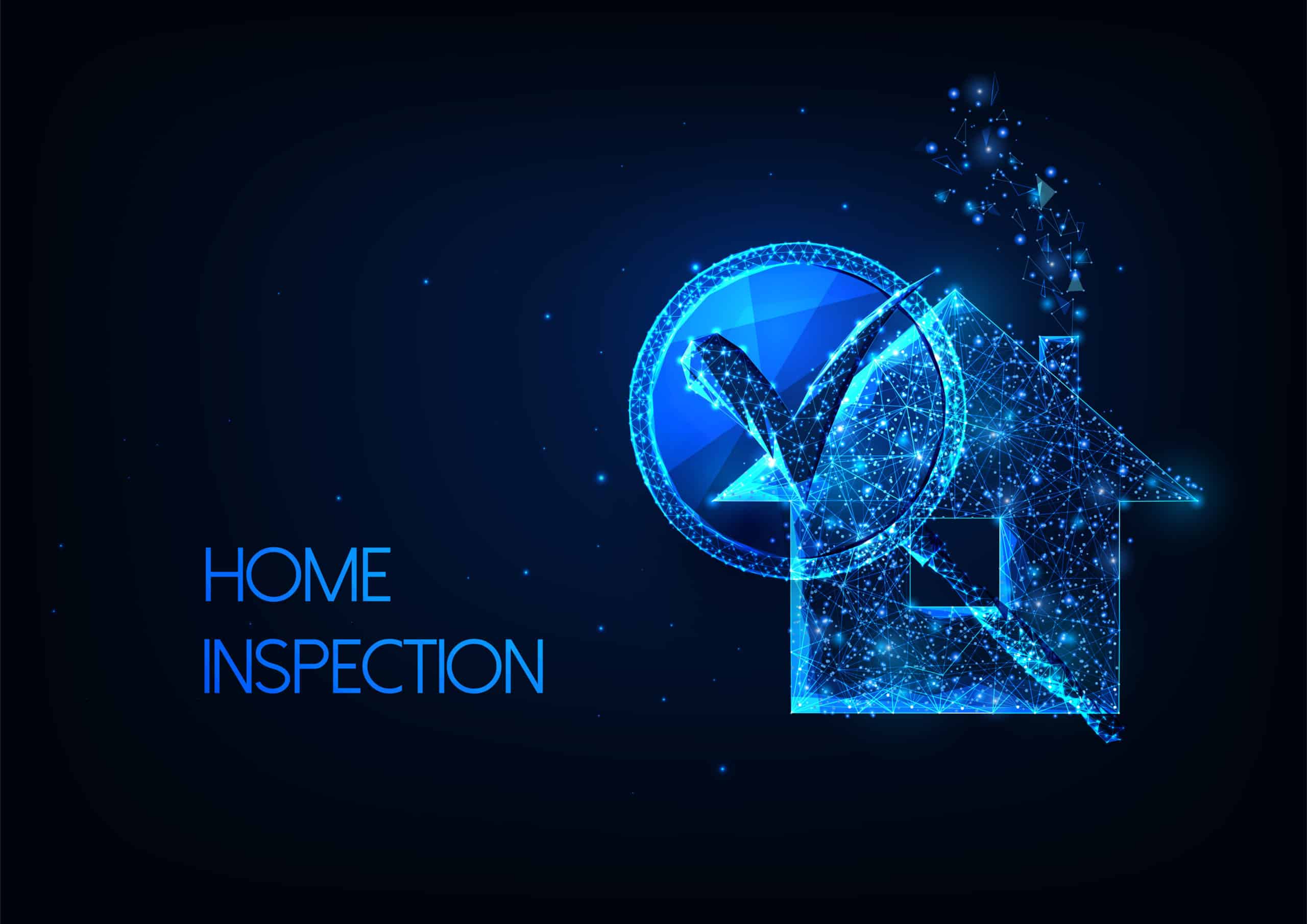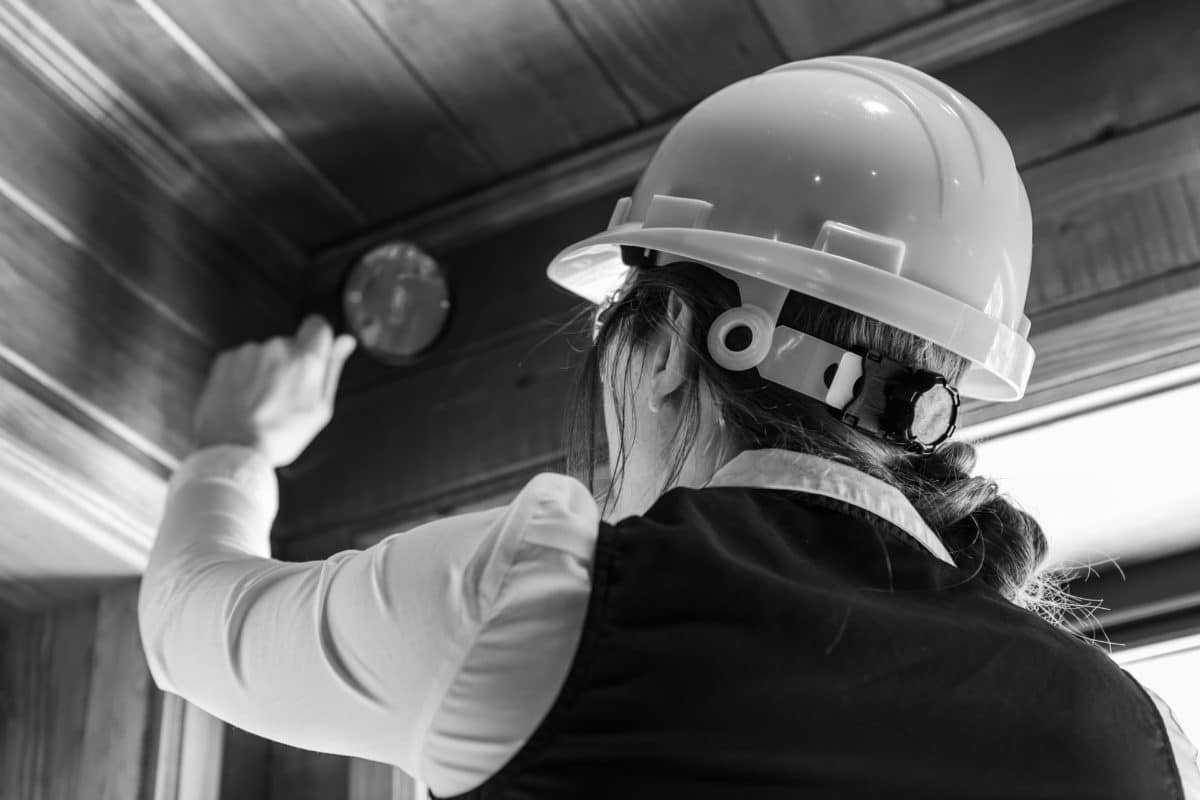When we think of air pollution, we usually think of the outside air, such as smog, ozone, or heavy haze, especially in summer.
The fact is, the air we breathe inside our homes, offices, and other buildings is often more polluted than the air outside.
The main sources of poor indoor air quality in homes are gases or particles released into the air. The air inside your home may be polluted by lead (in house dust), formaldehyde, fire-retardants, radon, even volatile chemicals from fragrances used in conventional cleaners.
Inadequate ventilation in your home, high temperature and humidity levels, mold, microscopic dust mites, all contribute to increased concentrations of indoor pollutants. And, with modern homes being airtight, these irritants tend to stay inside.
Children, people with asthma, and the elderly may be especially sensitive to the allergens. However, everyone may be affected after years of continued exposure to indoor pollutants.
Let’s look at some basic ways to improve IAQ (Indoor Air Quality) in your home:
Source Control
Typically, the most effective way to lower the concentrations of indoor air pollutants is to eliminate individual sources of pollution or to reduce emissions.
Some very harmful pollutants come from faulty appliances emissions, such as a stove or furnace. It’s important for trained technicians to evaluate your home equipment annually, as, generally, two out of three indoor air quality issues involve the improper functioning of the HVAC system.
Test for lead – especially if you live in a home built before 1978, since there’s a good chance it’s within the wall paint. In a newer home, you may also be exposed to lead from lead dust brought in from outside. Lead dust can be detrimental to health, especially children’s, as it can damage the brain, central nervous system, and kidneys. The Environmental Protection Agency offers tips on how to make your home lead-safe.
Test for radon, a colorless, odorless, radioactive gas. It typically moves up through the ground and into your home through cracks and holes in the foundation, however, even airtight homes can potentially have it, and granite countertops have also been linked to radon. Testing is easy, inexpensive, and takes only a few minutes.Rest assured that even high radon levels can be reduced to acceptable levels. Read more about CT’s acceptable radon levels by clicking here
Test for carbon monoxide, “The Silent Killer” in your home. A UGI HVAC technician can service your furnace annually to prevent problems such as carbon monoxide poisoning.
Cleaning your home is an essential way to reduce pollutants.
Use a vacuum cleaner with a HEPA filter and you can reduce concentrations of lead in your home, and get rid of other toxins, like PBDEs chemicals (a flame-retardant that has been used in a wide array of products), and allergens such as pollen, pet dander, and dust mites. Besides floors, remember to do walls and upholstered furniture, where dust accumulates.
Mopping will pick up the dust left behind the vacuuming, and new microfiber mops and dust cloths capture more dust and dirt than traditional fibers.
Ventilation Improvements
Increase the amount of outdoor air coming into your home to improve indoor air quality.
Open your windows periodically, weather permitting, to vent the space. Also, open the windows when vacuum-cleaning. Install the vent of the clothes dryer on the outside. Use an exhaust fan or open a window when cooking, running the dishwasher, or bathing – this will also reduce the humidity level.
Keep a healthy level of humidity at around 30%-50%. Dust mites and mold love moisture, and this level will help keep them and other allergens under control.
Using a dehumidifier and or a ductless air conditioner during summer months will help reduce moisture in indoor air and effectively control allergens. An efficient air conditioner will also lower indoor pollen count.
Make sure your leaky plumbing gets repaired to prevent mold.
Air Cleaners and Other IAQ Products
From small portable table-top air cleaners to whole-house systems, there are many tools to help make your IAQ healthier.
Connecticut Retrofit can help you select the right air cleaner for your home.
When in need of HVAC companies, turn to our experts and let us guide you with servicing, upgrading or replacing your current systems, as our comfort advisors provide you with the energy efficient options that fit your needs.
Improve the Indoor Air Quality and overall safety and comfort of your home today.
CT Retrofit has been providing a full range of high-quality home comfort products and services for over a century, and all you have to do is be proactive and make that call!
Contact us for more information on our HVAC service agreements and to find the best option for your home.



